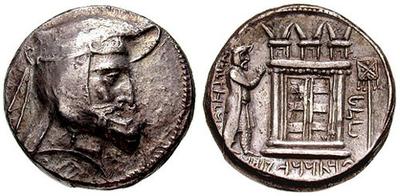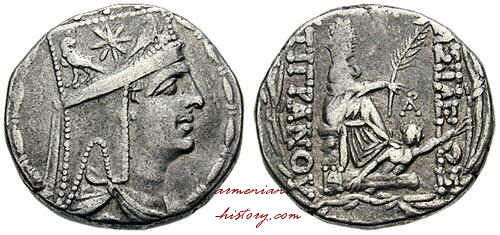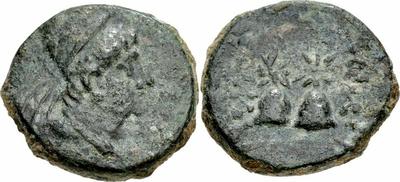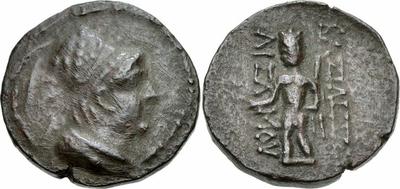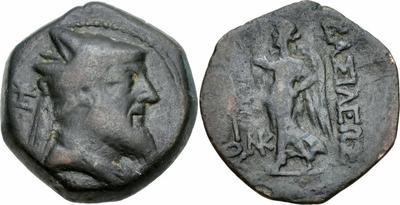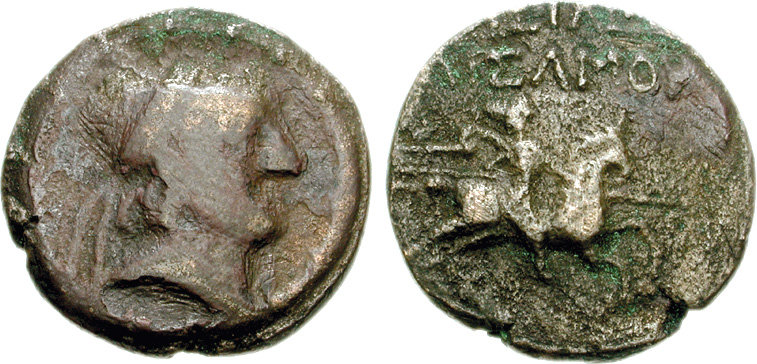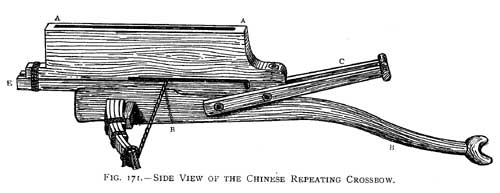Ten years ago I read about the Paulician sect, I decided the read about them again and draw a timeline of their "rise and fall" and also to make a map that will help understand where they were based and their activity.
Below is the timeline of events.
Below is the timeline of events.
- 555- Council of Dvin, Catholicos Nerses II says Paulicians living on the Armenian borderlands (Byzantium/Persia).
- 645- Council of Dvin prohibits use of monasteries as hotels for aristocracy, accompaied with singers and dancing girls.
- 650- Armenia under Muslim control.
- 655- Council of Dvin mention against Paulicians.
- 658 Constantine-Silvanus, their second leader, establishes congregation at Kibossa.
- 660-Anania teaches at Dvin, finds pupils to be lazy, arrogant and passing themselves of as tutors whilst their own studies were unfinished, bringing disrepute to Anania.
- 668- Emperor Constans II murdered by Count Mzhezh, who proclaims himself Emperor.
- 670- Paulicians reject Baptism for babies, only allowing adults over the age of 30 to be fully baptised by immersion.
- 673- Muslims capture Rhodes and Cilicia.
- 685- Constantine-Silvanus stoned to death, by order of the Byzantine emperor. The Byzantine officer, Simeon, joins the Paulicians and adopts the name of Titus.
- 688/717- Paulicians mentioned as "Troublemakers" by the Armenian Apostolic Church
- 690- Simeon-Titus is burned to death by order of the Bishop of Colonia, near Kibossa.
- 691- Paul, the new leader, makes leadership of Paulicians hereditary. He establishes a new congregation at Eupatoria.
- 715- Paul dies, his eldest son, Gegnasius, named successor. His younger son Theodore rebels but is unsuccessful. Gegnasius arrested and taken to Constantinople to be interrogated on Heresy but is aquited, establishes new congreation at Mananali as Eupatoria is no longer safe for him.
- 720- Council of Dvin convened to curb bad behaviour of the clergy.
- 745- Gegnasius-Timothy dies in Mananali. Two men, Zacharias and Joseph establish their own groups. Joseph adopts name of Epaphroditus, and has the most followers.
- 747- Gregory Mamikonian rebels against the Muslim Ostikan of al-Arminya with the aid of the Paulicians.
- 750- Paulicians of Samosata all executed by the Emir for trying to leave the town.
- 751- Meletia captured by Byzantium, Armenians deported by Emperor Constantine V to Philippopolis, Thrace.
- 756- Paulicians of Karin deported by Emperor Constantine V to Philippopolis, Thrace.
- 768- Council of Dvin prohibits marriage of Armenian Apostolic Christians to muslims.
- 775- Joseph-Epaphroditus dies at Mananali, succeeded by Baanies who adopts the name of Zachary, however division remains. Sergius is leader of the reform group and is an active evangelist. He boasted he had sent missionaries "from East to West, from North to South". The following decades sees the two groups fight, the Baanite group is almost destroyed.
- 787- The end of the first period of Iconoclasm in Byzantium.
- 790- Alexius Mushel governor of Armeniakon, supports the Iconoclast Emperor Constantine VI until 791, then becomes Emperor himself until 793.
- 801- Death of Baanies-Zachary. Sergius is now officially leader of all Paulicians and he adopts the name of Tychicus.
- 802- Paulician army assists Nicephorus to become emperor.
- 805- Due to perseuctions of the Empress Irene, Sergius-Tychicus, who would be most active for the next 34 years, leaves Byzantium for the emirate of Meletya with 5,000 followers, is given control of borderlands and founds the towns of Argaum/Arguvan and Amara (Amran Köyü).
- 835- Death of Sergius-Tychicus, many leaders take control of Paulician sect.
- 838- The city of Amorium sacked by the Caliph's armies.
- 843- Empress Theodora starts persecution of Paulicians
- 855- Huge military expedition against Paulicians, around 100,000 killed. Some escape to the emirate of Meletia. Emir Umar al-Adta allows Karbeus to establish new base for Paulicians at fort of Tephrike. The old Armenian marriage practise of Consanguinity continues in the Paulician elect, next Paulician leader Chrysocher is both nephew and son-in-law of Karbeus.
- 859- Emperor Michael III invades the Djazirya region.
- 863- Joint Muslim and Paulician invasion of Anatolia, sacks town of Amisos, but wiped out at the battle of Lalakaon in Paphalgonia, possibly near Kastamonu. Emir and Karbeus both die.
- 863- November. Ali ibn-Yahya 'the Armenian' and Ostikan of al-Arminya and Azerbaijan, killed by emperor Michael III at Mayafaraqin.
- 867- Chyrsocher, leader of Paulician-Muslim army invades Anatolia, sacks Ephesos then moves north and attacks city of Nicea. Many Clergy taken captive.
- 868- Emperor Basil I sends Petrus Siculus to Tephrike to arrange exchange of hostages, while he is there he writes his "History of the empty and vain heresy of the Manichæans, otherwise called Paulicians". Peace talks fail.
- 872- Emperor Basil I captures and destroys the city of Tephrhike, the Paulician leader Chrysocher is also executed, his head taken back in triumph to Constantinople. Survivors flee to the remote regions of Armenia, mostly in Taron and gain support of the Bagratuni prince, who is supposed to have written 'The Key of Truth' in homage to them.
- 882-Samosata falls to the Roman (Byzantine) army.
- 971- Many remaining Paulicians in Anatolia are rounded up by order of Emperor John I and deported to Philippopolis, Thrace and the re-established eastern-Danube frontier zone. They prolythetise to the Bulgars and assist their Tsar, Boris, who adopts their teaching.
- 1096- The first crusade passes through Philippopolis and meet the Paulicians.
- 1097- The 'Gesta Francorum' records Paulicians serving in the Turkish armies that fought the Crusaders near the city of Dorylaeum.
- 1118- Anna Commnena who wrote in 1118AD, said Philippopolis was 'a meeting place, so to speak, of all polluted waters'.
- Resurfaces at the town of T'ondrak, from which the sect is known afterwards as the "Tondrakians", sect continues until 1800's.






